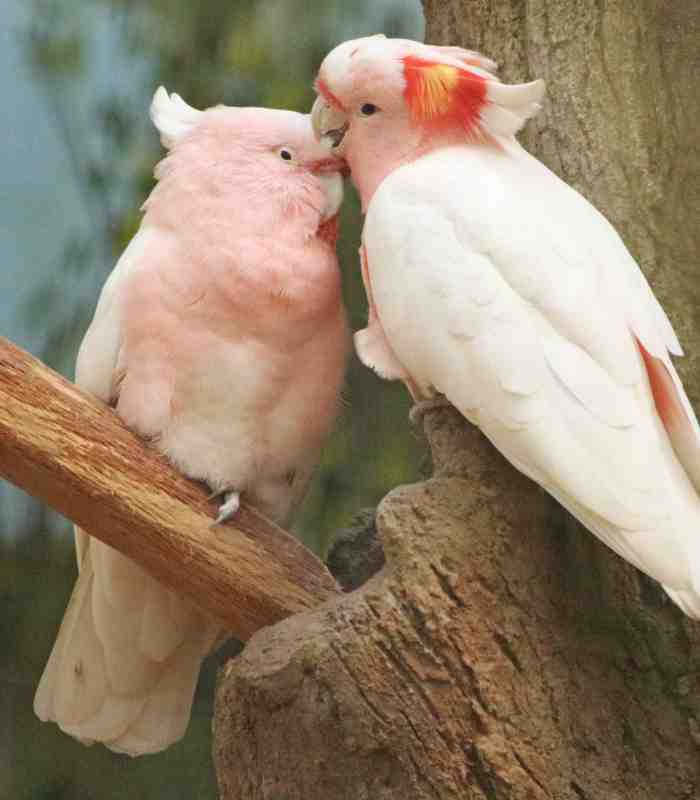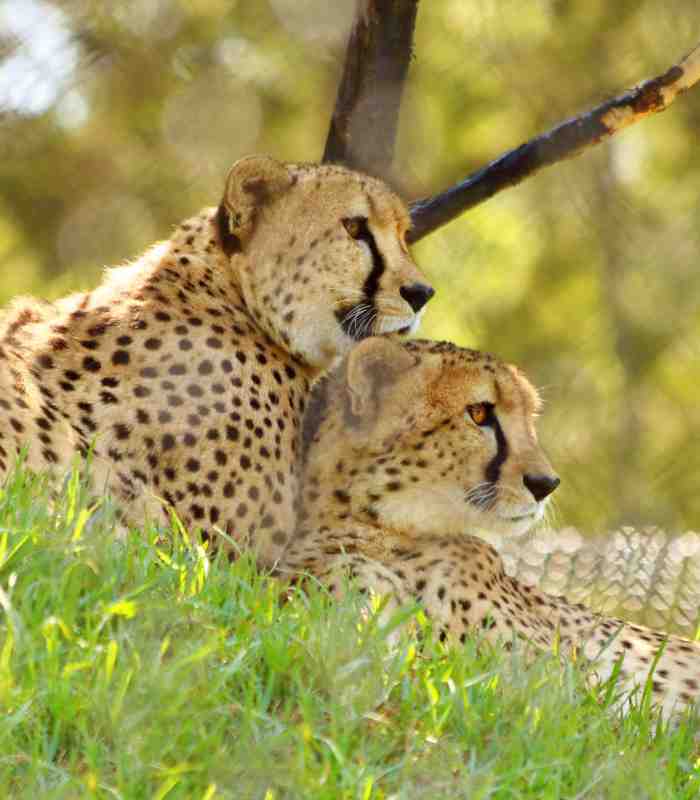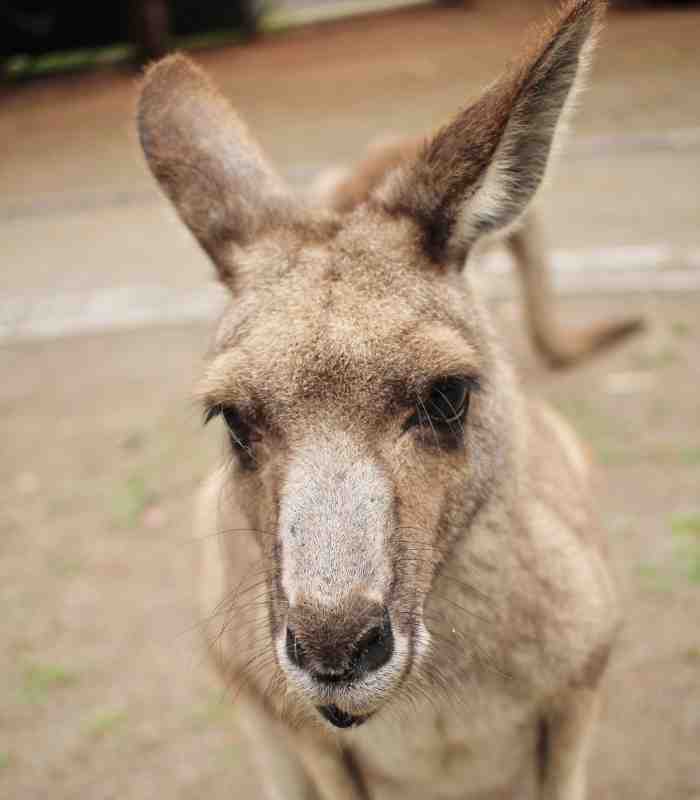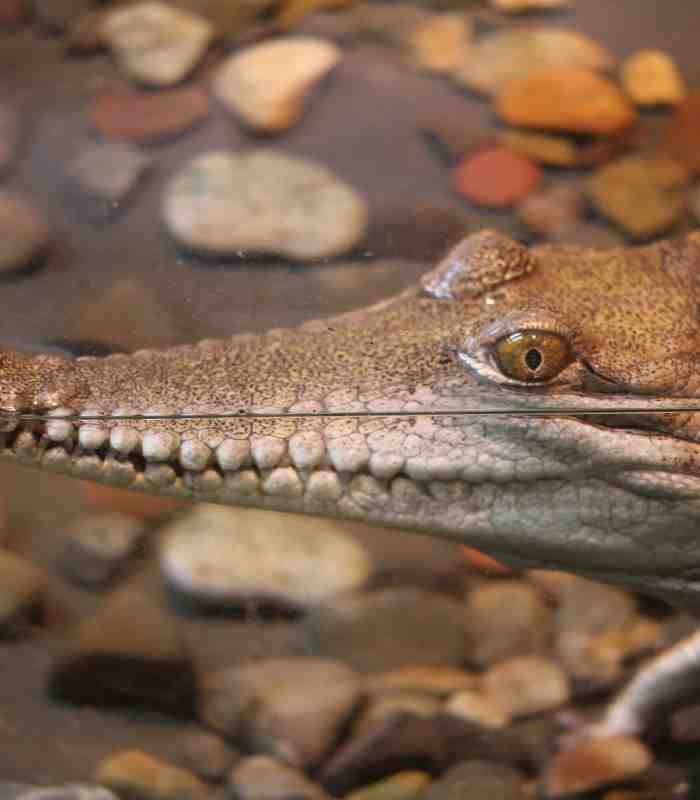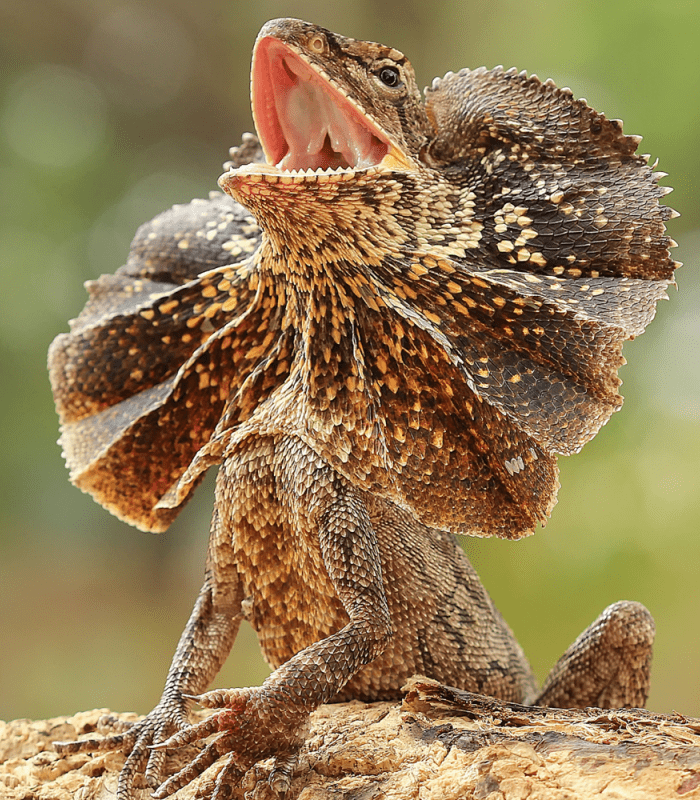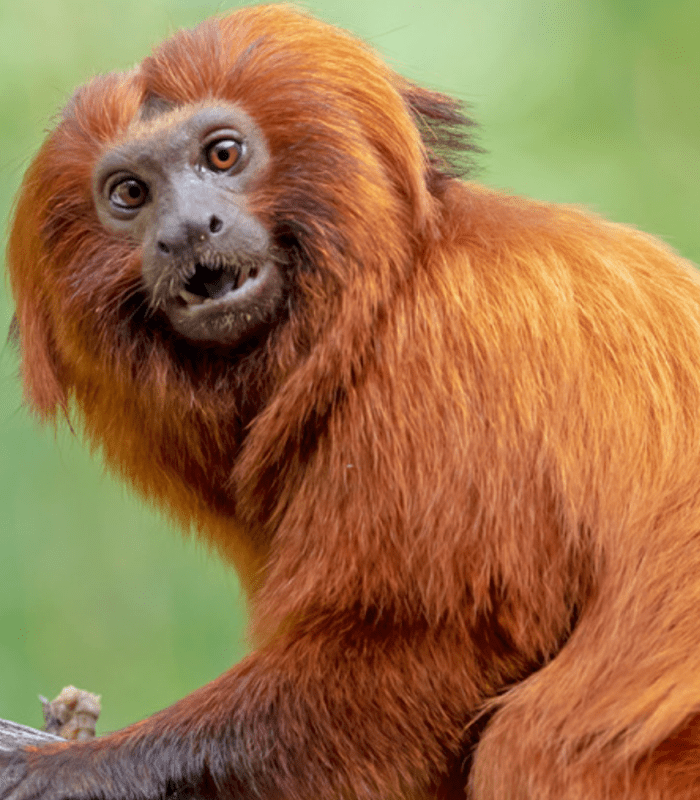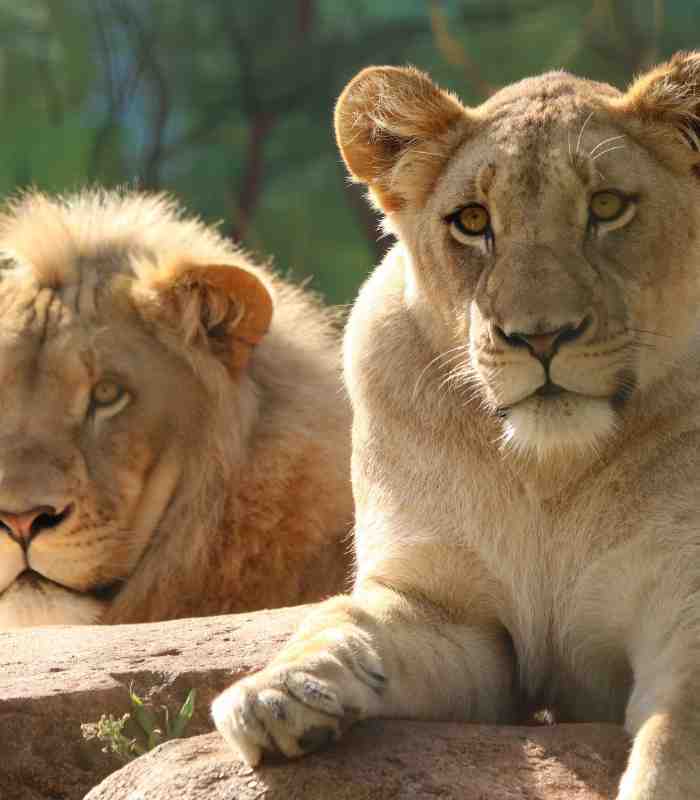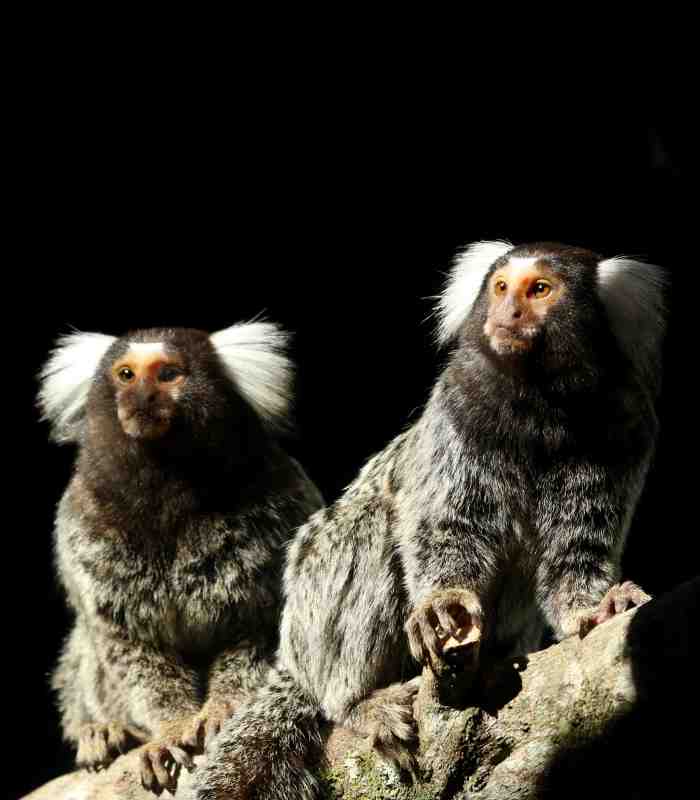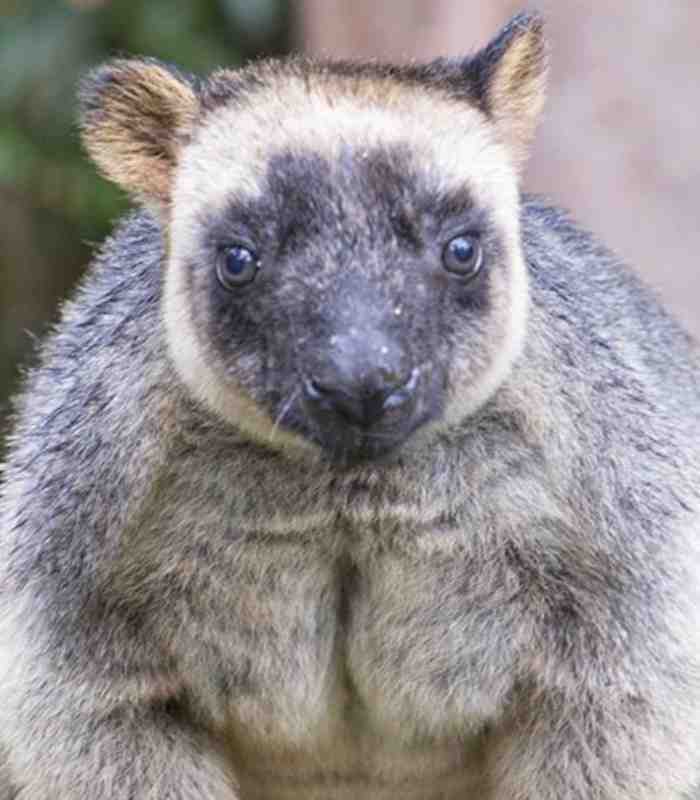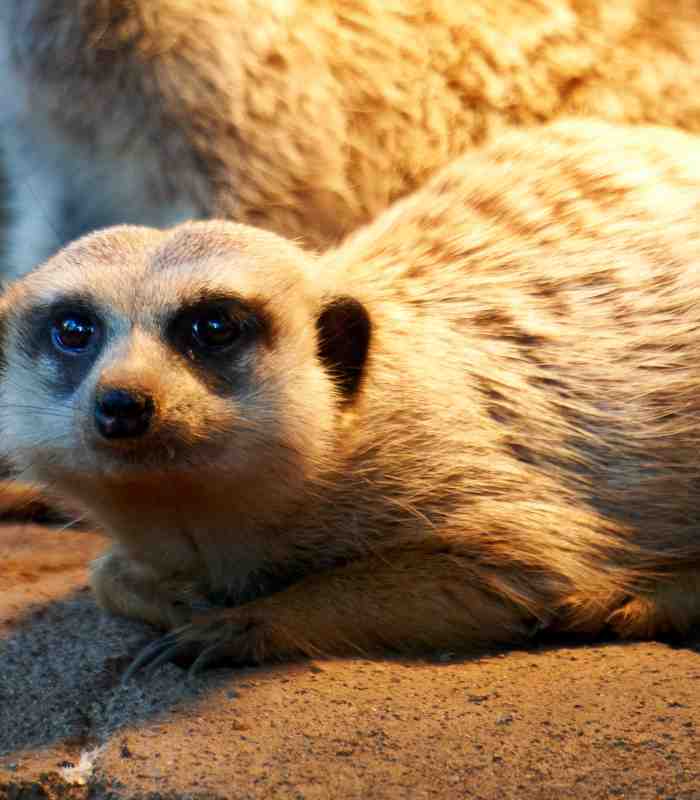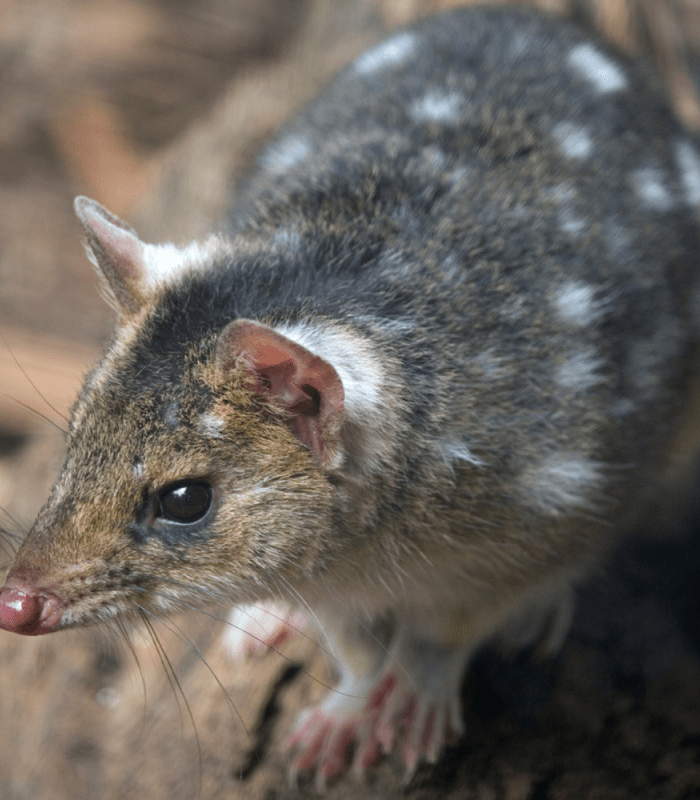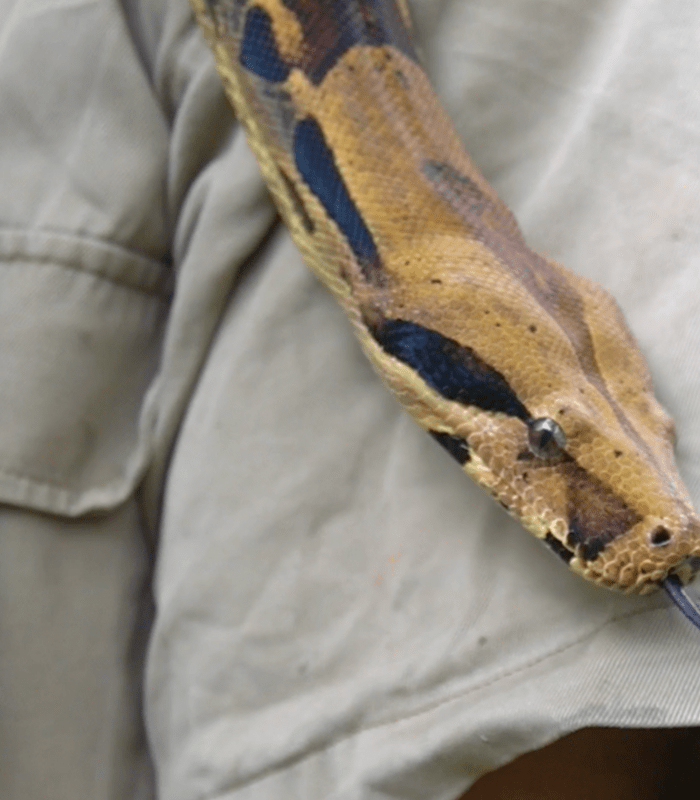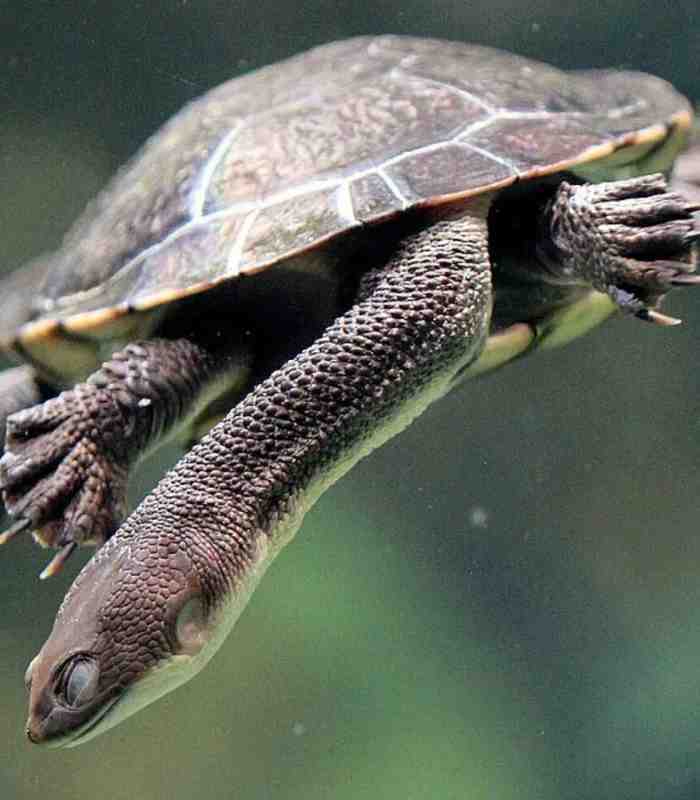This is an excerpt from 'The Wombat Foundation News October 2020'
We are excited to report that after a slow start to field visits this year due to Covid-19 restrictions, the second part of 2020 has yielded some significant progress in relation to identifying additional habitat for Northern hairy-nosed wombats.
This follows on from our successful promotional campaign conducted through June and July which raised awareness of this critically endangered species and encourage landholders to contact us with potential habitat.
We were thrilled by the response, with over 20 landholders from all over Queensland and NSW reaching out to us and considerable interest from media outlets in Southern Queensland.
We are so appreciative of all the landholders who contacted us and their passion to be a part of this important conservation process is inspiring.
In August , The Wombat Foundation Director, Leanne Brosnan, accompanied Dave Harper (Principal Conservation Officer, Threatened Species Operations, Department of Environment and Science ) and Andrew Biggs (Senior Soil Scientist, Department of Natural Resources and Mines) on site visits in the St George and Mitchell area in Southern Queensland.
This was followed in early October by follow up visits in the same area.
It was a welcome surprise when on one of the site visits remnant burrows were confirmed following information received from the landholder.
While the burrows are long disused, this discovery presents an opportunity for future research that could yield valuable information in relation to the former habitat of this incredible species.
Soil assessments were also undertaken near Thallon in what is considered historic wombat habitat.
Following our most recent site visits, two sites in the region appear to offer the best mix of favourable soil type and land tenure as well as suitable land size and vegetation.
This is a significant step forward, as it is great to see hard work pay off. But there is still much more work to do.
Next steps are to conduct further evaluation of data taken from the two sites. This is expected to be completed in coming months and a detailed vegetation analysis will occur once favourable weather conditions permit.
Other considerations include land tenure, rehabilitation, accessibility, and infrastructure requirements (such as predator proof fencing, watering points and research and caretaker facilities).
The Wombat Foundation will continue to work with the Department of Environment and Science to progress this work and to keep everyone updated at key progress points.
Written by: Jacqui Mills, Director of The Wombat Foundation.


